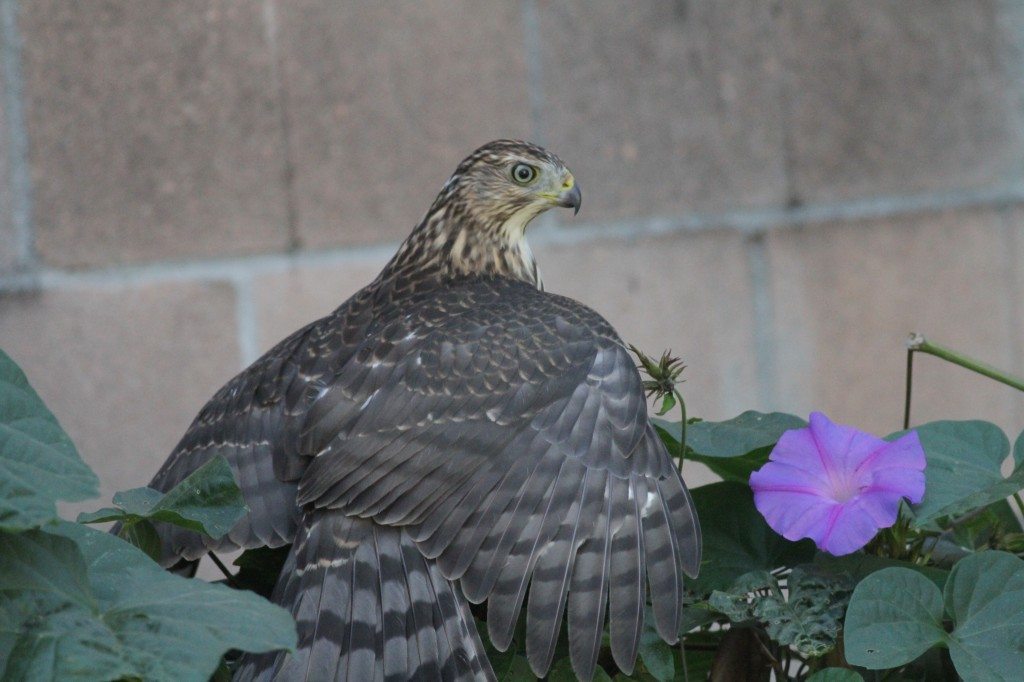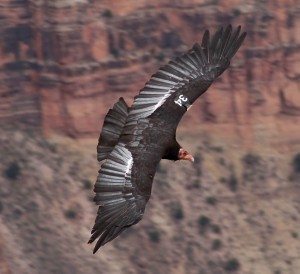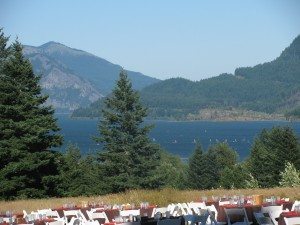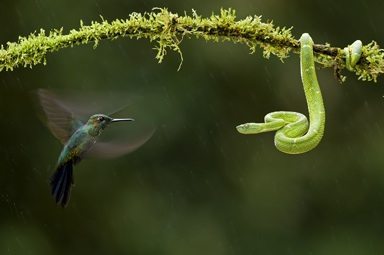A Cooper’s Hawk in the bedroom
When I moved into my current house 11 years ago, I moved away from a creekside filled with trees. In the trees were nesting Cooper’s Hawks. I woke most mornings to their calls. In the early summer the Coop baby elongated whistle would alert me to evening playtime of juvenile Coops.
So when I moved, I knew I’d miss the nesting Cooper’s Hawks.
Two weeks after moving into my new place in an urban/industrial area of Oakland, I was heading down the driveway on my way to work. I looked down the driveway and there was a Cooper’s Hawk on the fence across the street. “Thank you,” I whispered to the hawk. I headed to work and looked for the Coop when I got home. It was another couple of months before I again saw one, and this time it was three juveniles playing on the telephone poles at the end of the block.
Every year since then until last year I’ve watched the Cooper’s Hawks raise their young in trees less than a block from my house. I’ve seen them sitting on the roof of my house, taking birds out of my feeders, bathing in my bird bath. One year a juvenile took a bird and settled down on my garden trellis with the bird clutched in her talon. She was startled from her perch by one of my dogs heading out the back door. She flew to the plum tree dropping her prey in the garden. I picked it up and placed it on the roof of the chicken coop and she retrieved it soon after. (They’ve never bothered the chickens.)
 Cooper's Hawk in the garden / Photo by Mary Malec
Cooper's Hawk in the garden / Photo by Mary Malec
Then two years ago the Coops stopped nesting in the trees. I did see a juvenile in the yard but could not find where they were nesting. Again this year I see Coops around but haven’t found their nest. I keep listening for the baby Coop whistle but have been disappointed so far.
One evening about a month ago, I was in the kitchen fixing dinner. The dogs were scattered around the room hoping something good would drop to the floor.
I heard a rustling from my bedroom and ran with one dog ahead of me and one dog following to see what was happening. I got there just in time to see a Cooper’s Hawk disappear behind the curtain. …




![lombardi-Nashville Warbler[1]](https://goldengatebirdalliance.org/wp-content/uploads/lombardi-Nashville-Warbler1-300x225.jpg)








![26 Great Grey Owl hunting-email[5]](https://goldengatebirdalliance.org/wp-content/uploads/26-Great-Grey-Owl-hunting-email5-1024x682.jpg)
